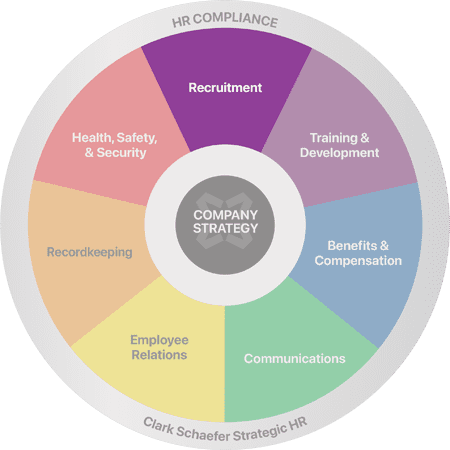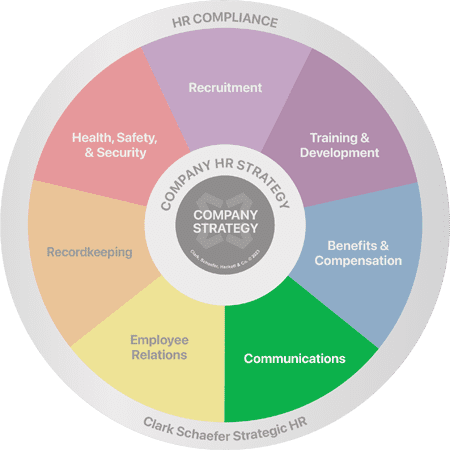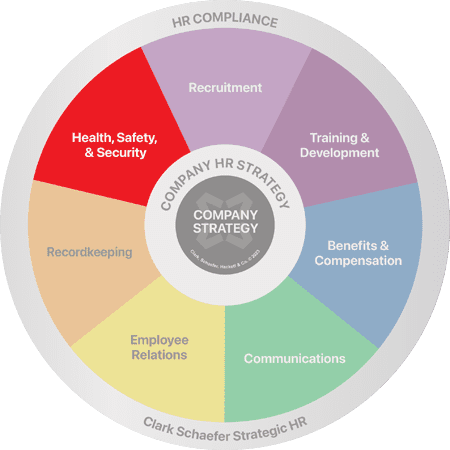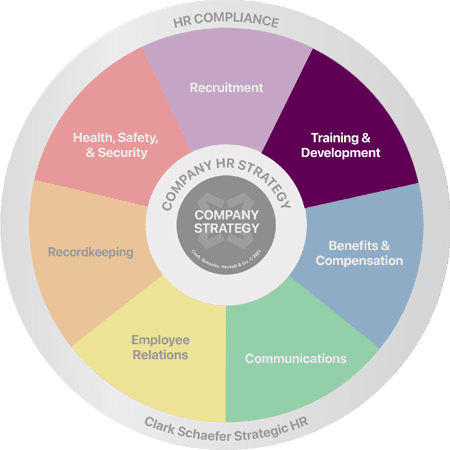Posts
Hiring Tips: How to Prevent a Bad Hire
Publishedin HR Strategy, Recruitment, Training & Development Question of the Week
How to Create an Effective HR Communication Plan: A Step-by-Step Guide
Last Updatedin Communications Question of the Week
Rating Employees On Safety
Last Updatedin Health, Safety & Security Question of the Week
7 Tips On How To Deal With Difficult People At Work
Last Updatedin Employee Relations Question of the Week
Benefits of Using Employee Engagement Surveys
Last Updatedin Employee Relations Question of the Week
English-Only Policies in the Workplace
Last Updatedin Communications Question of the Week
Requiring Employee Contact Information
Last Updatedin Employee Relations, Recordkeeping Question of the Week
Employee Newsletter – Planning
Last Updatedin Communications Question of the Week
Turning Conflict into Collaboration
Last Updatedin Training & Development Question of the Week
Contact Us
Clark Schaefer Strategic HR
10856 Reed Hartman Hwy
Suite 225
Cincinnati, OH 45242

Clark Schaefer Strategic HR is recognized by SHRM to offer Professional Development Credits (PDCs) for SHRM-CP® or SHRM-SCP® recertification activities.
The information provided on this website does not, and is not intended to, constitute legal advice; instead, all information, content, and materials available on this site are for general informational purposes only. Readers of this website should contact their attorney to obtain advice about their particular situation and relevant jurisdiction. This website contains links to other third-party websites. These links are only for the convenience of the reader, user or browser; Strategic HR does not recommend or endorse the contents of the third-party sites.






